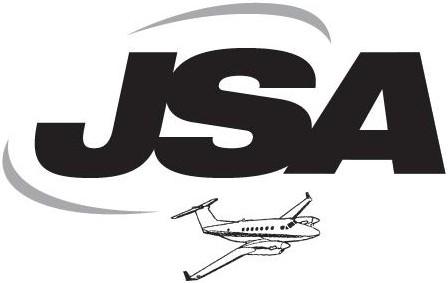Schedule a Hot Section Inspection With JSA Today
JSA’s turboprop engine hot section inspection is the key to your engine’s longevity and efficiency
No matter how efficient your selected engine is, engine management is necessary to keep it in perfect shape and to get the best performance out of it. Jetset Airmotive understands these regular maintenance jobs are also necessary to ensure the safe performance of an engine over the years.
If you are not up to date on your engine’s maintenance checks or have delayed its repairs, you may end up needing field repairs or worse – putting yourself and others in a lot at risk.
Of all the important tasks associated with the maintenance of your engine, turboprop hot section inspections are undoubtedly the most important if you want your engine to deliver the best performance it is capable of.
Hot Section Inspection Time

The right time to carry out a hot section inspection for turboprop planes is clearly outlined in the manufacturer’s manual that you get with your engine. Typically, it’s the midpoint to the engine’s TBO (Time Before Overhaul). Sometimes, though, an inspection before scheduled in aircraft that operate in extreme conditions and experience much wear.
To carry out a PT6 hot section inspection or similar turboprop engine check, you should either remove the hot section and send it to a professional or call them for on-site inspections.
Turboprop Hot Section Inspection Checklist
A turboprop engine hot section inspection checklist is a good way to make sure things are properly reviewed.
-
- Engine Performance Check – This is done before and after every hot section inspection to examine the current status of the engine. This is done with JSA’s turboprop engine borescope inspections. The results will determine what’s done next
- Disassembly – An extremely detailed hot section inspection includes disassembly of all components as specified by the engine’s manual. If the borescope inspection discovered something that is clearly wrong, this step may not be completely necessary

- Specific Inspection – The following components must be specifically checked:
- PT6 fuel nozzles and nozzle sheaths for turboprop engines
- gas generator case
- combustion chamber
- compressed turbine
- sealing rings
- disk blades
- reduction gearbox oil strainer
- Replace all faulty parts – If there are defects to any of these turboprop engine parts, the corrective actions as specified in the manual should be undertaken
- Zero Grind Fit – The compressor turbine’s shroud segments are then sent for grinding to make sure there’s high tolerance between the segments and the disk, so no additional grinding is necessary for reassembly
- Reassembly – Though anyone capable of doing it right can put it together, clearance must be provided by a turboprop experienced PT6 Technicians and an engine performance check should be done so the engine is up to legal safety specifications
When these are all done successfully and inspected, your engine’s hot section inspection is done.
Again, keeping up with a turboprop’s inspections is key to performance. Make sure to follow your aircraft’s schedule and let JSA manage your engine today.

Hialeah, FL 33015
Archives
- April 2025
- March 2025
- February 2025
- January 2025
- December 2024
- November 2024
- October 2024
- September 2024
- August 2024
- July 2024
- June 2024
- May 2024
- April 2024
- February 2024
- January 2024
- November 2023
- October 2023
- September 2023
- August 2023
- July 2023
- May 2023
- April 2023
- March 2023
- February 2023
- April 2022
- March 2022
- February 2022
- April 2020
- March 2020
- February 2020
- January 2020
- November 2019
- October 2019
- September 2019
- July 2019
- June 2019
- March 2019
- January 2019
- December 2018
- November 2018
- October 2018
- September 2018
- July 2018
- June 2018
- May 2018
- November 2014
- October 2014
- August 2014
- July 2014
- June 2014
- May 2014
- April 2014
- March 2014
- February 2014
- January 2014
- December 2013
- November 2013
- October 2013
- January 2013
- June 2010
- May 2010


